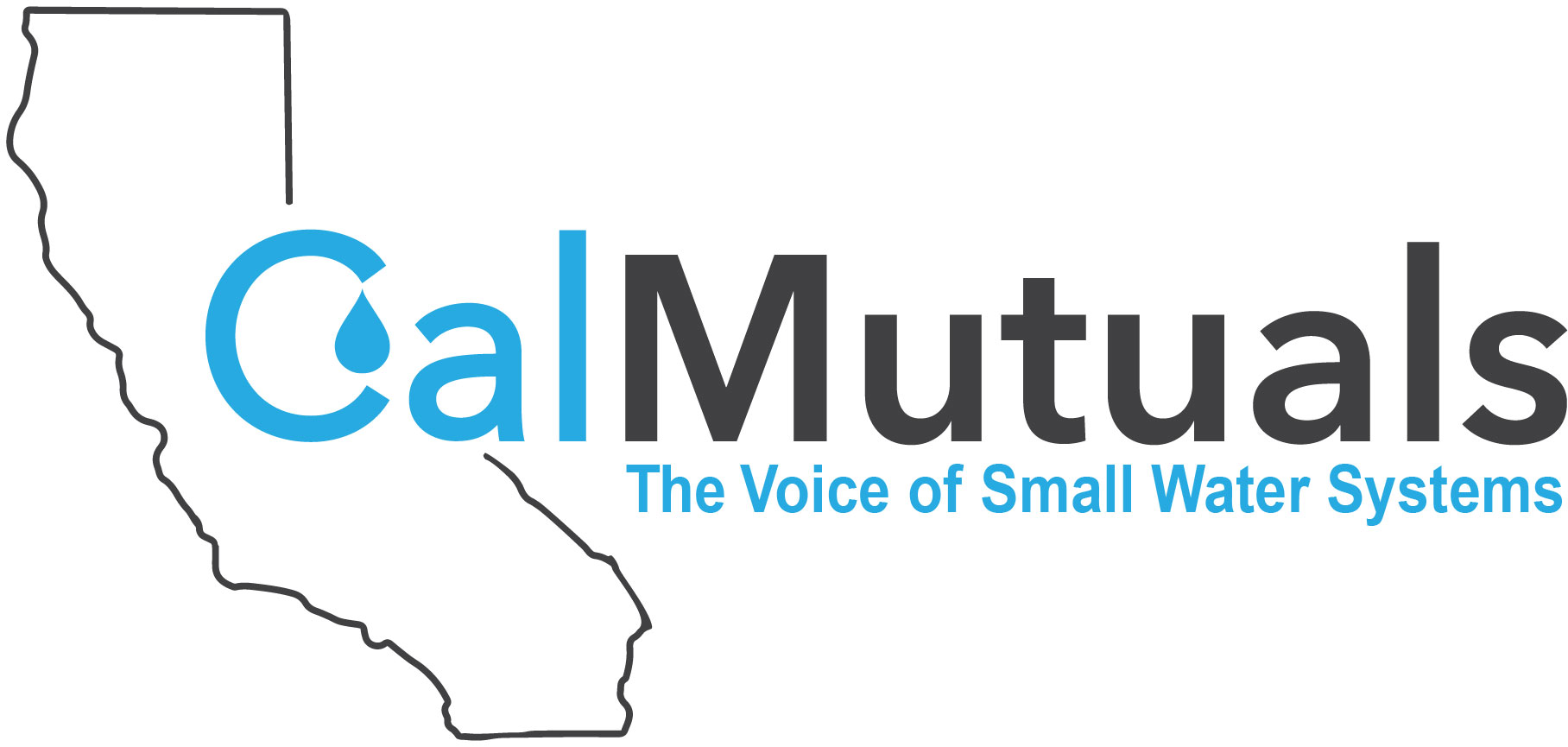Drought Resiliency
Making Conservation a Way of Life
A new set of regulations for systems with 3,000 or more service connections to implement AB 1668 and SB 606, enacted in 2018 to reduce household water use, were recently introduced.
The State Water Resource Control Board (SWRCB) proposed water efficiency standards, dubbed Make Conservation a California Way of Life, which would set stringent requirements for all urban water providers.
For outdoor water use, the SWRCB proposes lowering the formula to calculate household water budgets, with the evapotranspiration factor for outdoor turf reduced from 0.8 to 0.55 by 2035. These proposed standards pose a significant challenge for most water agencies, as achieving compliance would be exceptionally difficult, if not practically unattainable.
To attempt to meet this extreme goal, agencies would have to aggressively implement turf replacement and other measures, which can be too costly for low-income communities. This also raises the question of the impacts on communities’ quality of life with the reduction of green spaces and increasing urban heat islands.
To see how the new water conservation targets might impact your system, visit the following website: https://www.datawrapper.de/_/
Find further information here.
SB 552 – Drought Planning for Small Water Suppliers and Rural Communities
Senate Bill 552 – The deadline (Jan 1, 2023) has passed for systems with less than 3,000 connections to register with a mutual aid organization per the requirements of SB 552 (Hertzberg). All systems with 15-2,999 connections must also implement the following drought resilience measures:
- No later than January 1, 2023, implement monitoring systems sufficient to detect production well groundwater levels.
- Beginning no later than January 1, 2023, maintain membership in the California Water/Wastewater Agency Response Network (CalWARN) or similar mutual aid organization.
- Click HERE for easy step by step instructions to register with CalWARN. If you’re having trouble, email ceili@calmutuals.org or call (714) 709-4040 x2.
- No later than January 1, 2024, to ensure continuous operations during power failures, provide adequate backup electrical supply.
- No later than January 1, 2027, have at least one backup source of water supply, or a water system intertie, that meets current water quality requirements and is sufficient to meet average daily demand.
- No later than January 1, 2032, meter each service connection and monitor for water loss due to leakages.
- No later than January 1, 2032, have source system capacity, treatment system capacity if necessary, and distribution system capacity to meet fire flow requirements (Water Code §10609.62).
CalMutuals understands the challenge small systems face when coping with the infrastructural and operational requirements of SB 552 coupled, we will continue to communicate to the State Water Board the need for further Technical Assistance available for small systems.
SWRCB Drought & Conservation Technical Reporting Order
The State Water Resources Control Board issued a Drought & Conservation Technical Reporting Order in January 2023 that requires community water systems to track certain drought technical questions. View the SWRCB’s Reporting User Guide for specifics. The information must be tracked monthly and a report must be submitted quarterly.
CalMutuals comments the SWRCB and DWR for providing TA options for systems unable to comply with SB 552 and the Drought Reporting Order requirements. Systems seeking the SWRCB’s technical assistance, giving priority to CWSs serving small disadvantaged communities (less than 10,000 people and with a MHI less than 80% of the statewide MHI), must submit a completed form to DFA-TARequest@waterboards.ca.gov. Also available: DWR’s Groundwater Level Assistance through the California Statewide Groundwater Elevation Monitoring (CASGEM) Program. For more information, please contact CASGEM@water.ca.gov.
We also recognize the challenges and issues the new reporting order places on smaller system and would like to hear from you. CalMutuals will do our part to provide guidance and support to members and feedback on your behalf to state regulators.
Water Shortage Contingency Plans
The same Drought & Conservation Technical Reporting order included a notice reminding Small Water Suppliers (1,000-2,999 connections) that they are required to complete Water Shortage Contingency Plans by July 1, 2023, per requirements of SB 552. These plans must be posted on the supplier’s website and available to the State Board and public upon request. Plans must be updated every 5 years. Click the following links for a template and/or an example provided by the State Board.
